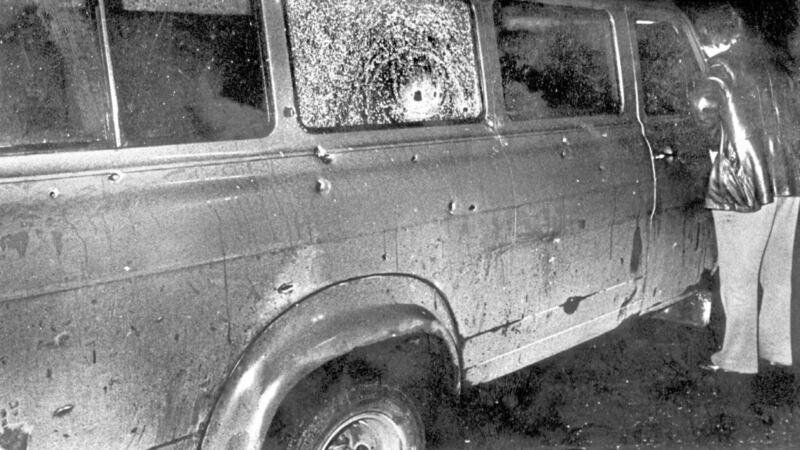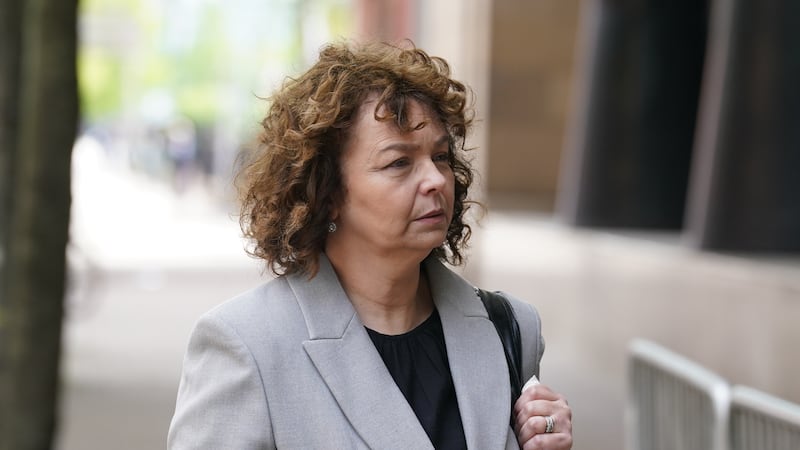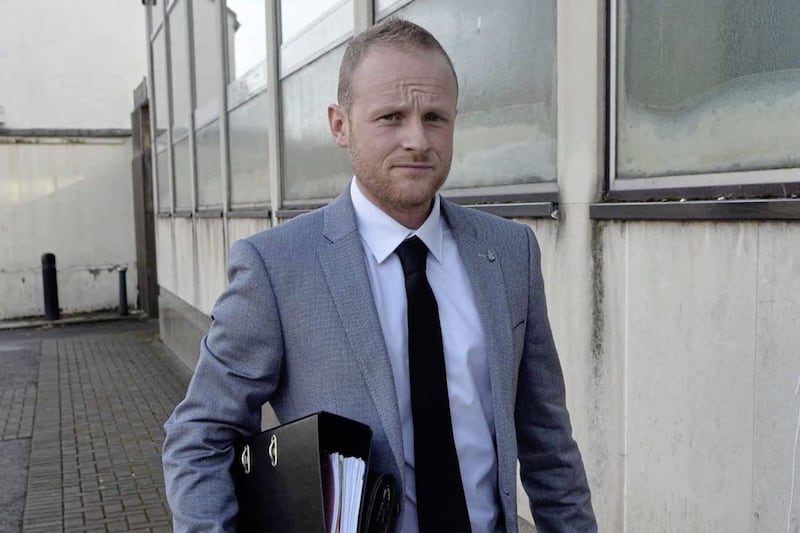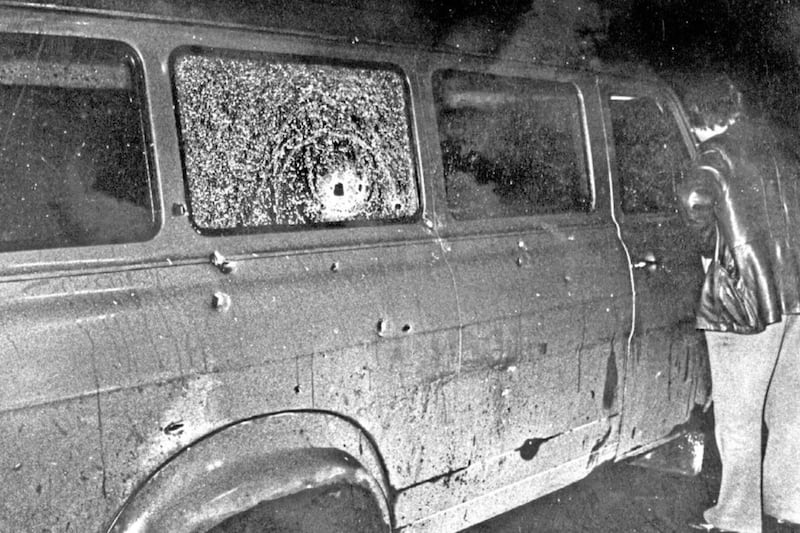The sectarian slaughter at Kingsmill, when ten workman were murdered and one person left for dead by the side of the road, was one of the single worst atrocities of the Troubles.
While the IRA never officially claimed the attack it was known to have been planned and executed by the South Armagh unit of the organisation, who came from both sides of the border to carry out the massacre.
A picture of the textile workers' minibus, flagged down in the darkness as they were returning from work, riddled with bullets as they were lined up and cut down in a hail of automatic gunfire, remains a symbol of the horror of that evening.
The one Catholic among the workers was identified and told to run away. The attack was purely sectarian and designed to send fear through the Protestant population of the rural border area.
The day before the attack three members of the Reavey family and three members of the O’Dowd family were murdered in sectarian attacks by members of the UVF.
It was a dark and terrible time in the bloody history of our conflict, but while we now frame these events as 'legacy' for those impacted by them they are still very current, unresolved and an open sore.
Ballistics found that guns used in the Kingsmill attack were linked to 37 murders and 22 attempted murders.
In the absence of a proper legacy process fresh inquests provided an expectation of answers to long suffering families.
Hope after a breakthrough last year when a palm print from a getaway vehicle was seemingly identified was short lived, with an arrest but no criminal charges.
Since then there has been delay after delay as the families strive for an open and honest account of what happened in the run up to, and aftermath of, the slaughter of their loved ones.
However, with numerous applications for information blocked on the grounds of national security, there is now a belief among families and sole survivor Alan Black that the inquest is no longer fit for purpose.
The answers they have waited over 43-years for will not - they believe - come from the coroner's court.








